Today is Tuesday, March 26. The air pollution in Dhaka, the capital of Bangladesh, has improved a lot. Dhaka's current air pollution level is 78 on the World Air Quality Index, which is the lowest level this year.
Chiang Mai in Thailand, Cairo City in Egypt, Lahore in Pakistan, Delhi in India, Beijing in China, Kathmandu in Nepal, and many other major cities are at the top of the list of polluted cities. Cities in Thailand, Egypt, Pakistan, and India occupy the first four places in the list with AQI values of 193, 191, 179, and 176 respectively.

Dhaka has long grappled with air pollution issues, particularly worsening during winter but improving during the monsoon season. Globally, air pollution consistently ranks among the top risk factors for illness and mortality.
The Air Quality Index (AQI), a metric used to document the daily state of air cleanliness, provides individuals with information regarding the level of pollution in a specific urban location as well as potential health repercussions they should be mindful of. In Bangladesh, the Air Quality Index (AQI) relies on five substances that contribute to pollution, namely particulate matter (PM10 and PM2.5), nitrogen dioxide (NO2), carbon monoxide (CO), sulfur dioxide (SO2), and ozone.
Understanding the AQI:
201-300 AQI: Considered "very unhealthy," posing significant health risks for the general population.
301-400 AQI: Categorized as "hazardous," presenting major health concerns for all residents.
101-200 AQI: Deemed "unhealthy," particularly for sensitive groups like children, elderly individuals, and those with respiratory illnesses.
According to the World Health Organization (WHO), air pollution is a significant global health concern, estimated to claim the lives of seven million people annually. These deaths are primarily attributed to increased cases of stroke, heart disease, chronic obstructive pulmonary disease (COPD), lung cancer, and acute respiratory infections.



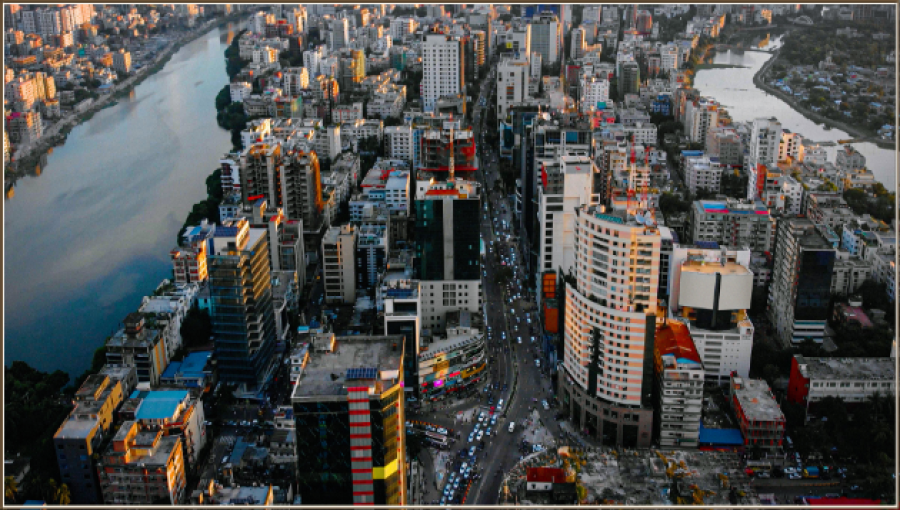
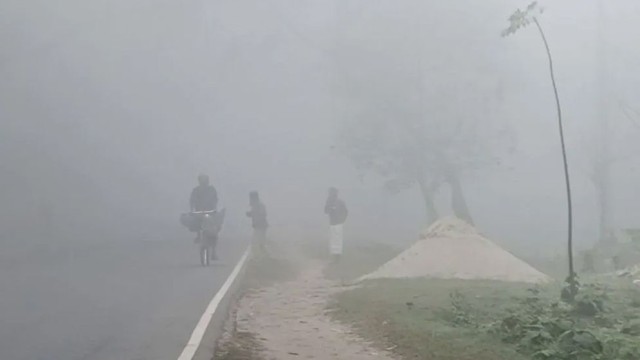
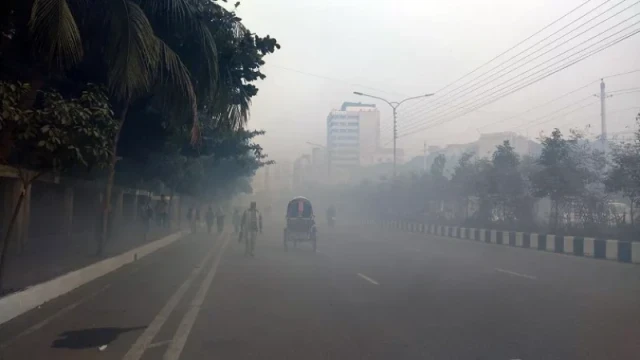
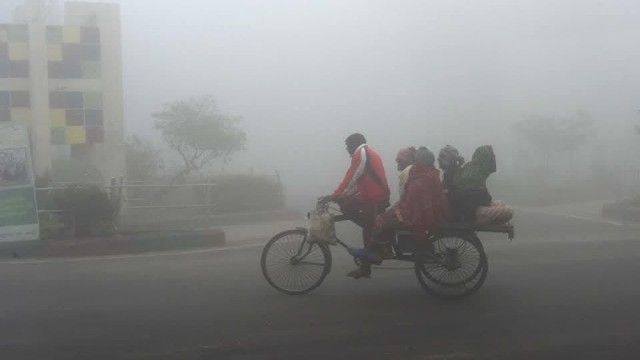
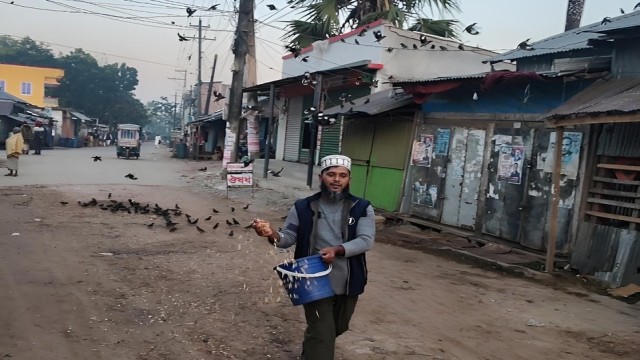
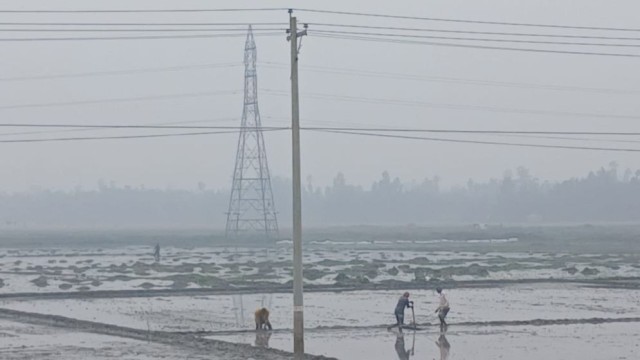
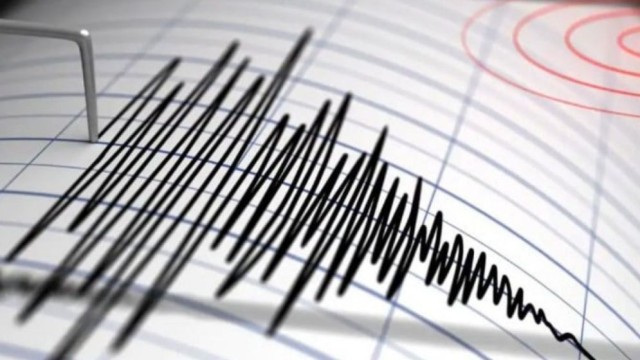


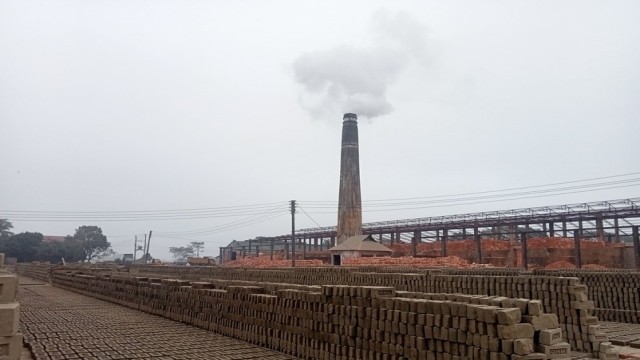
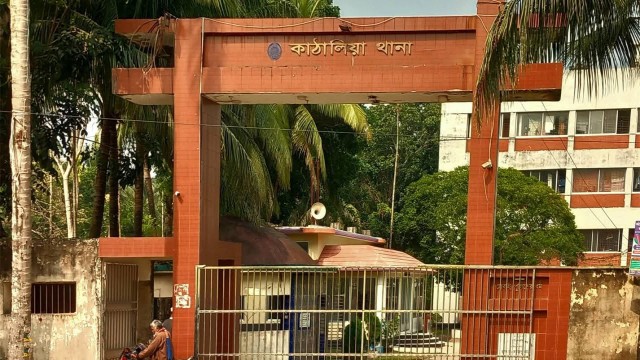



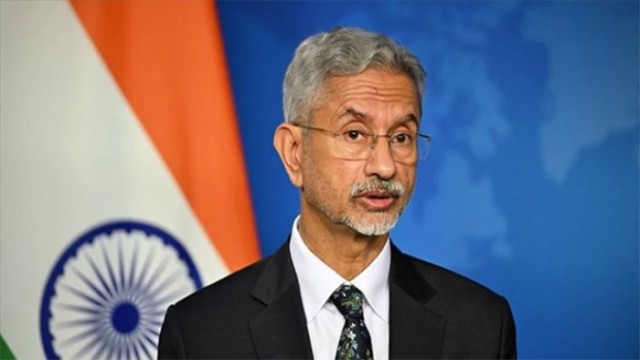
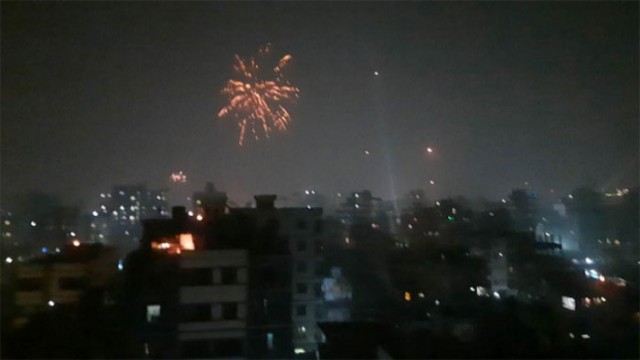




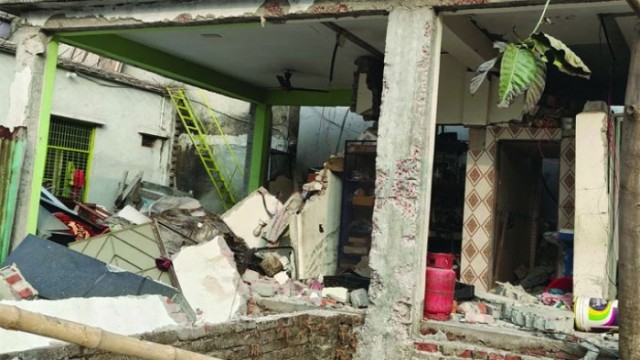





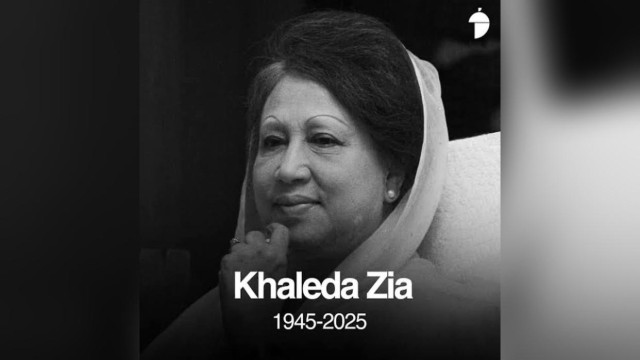
Comment: